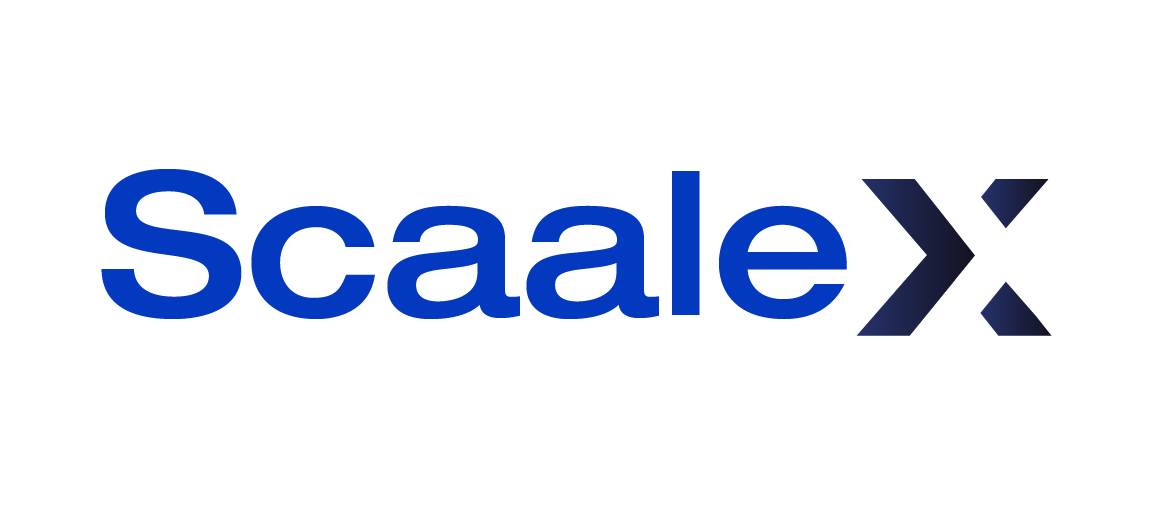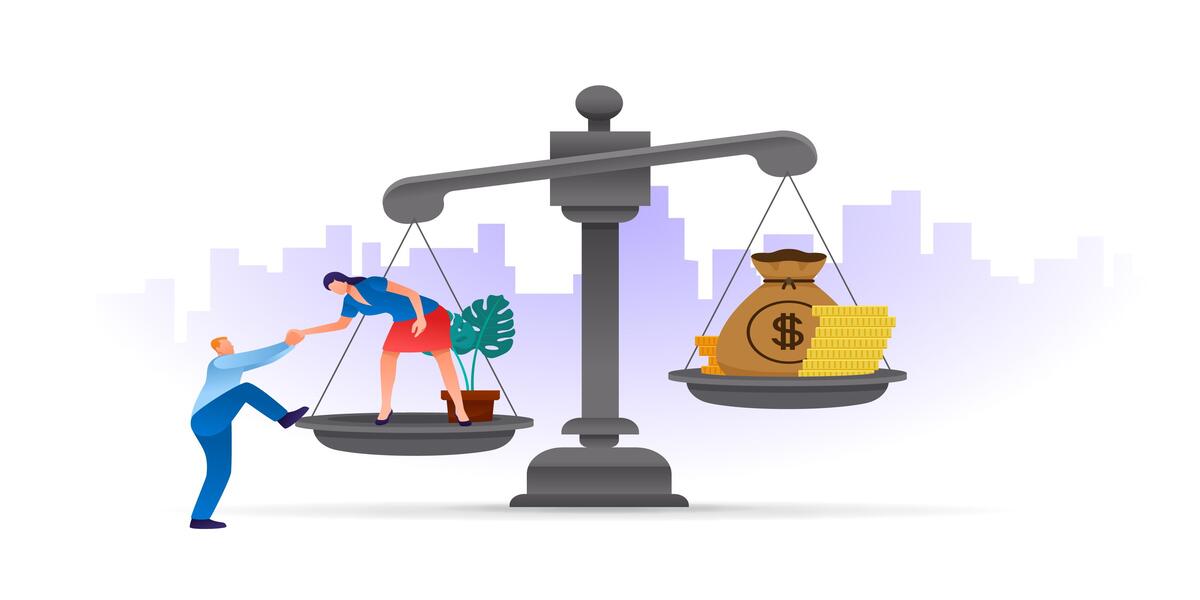Introduction to Debt to Equity Ratio
Debt to Equity Ratio is one of the key financial metrics for startups. In this guide, we will explain what the Debt to Equity ratio is, its formula, the factors affecting it, and its limitations. We will also explore the ideal D/E Ratio and the pros and cons of both high and low ratios. Lastly, we will share tips on how to improve the D/E Ratio.
Before diving into the details, let’s understand the concept of capital structure. Capital structure refers to how a company finances its operations through debt and equity. Debt refers to the money borrowed from external sources such as banks, while equity is the owner’s investment in the business. This ratio shows how much debt a company has concerning its equity.
What is Debt to Equity Ratio?
Debt to Equity ratio is a financial ratio that measures the proportion of a company’s total liabilities to its shareholders’ equity. Simply, it shows how much the company relies on debt to finance its operations. The higher the ratio, the more the company has borrowed and is burdened with debt.
D/E Ratio Formula
The formula for calculating D/E Ratio is straightforward, and it is calculated by dividing a company’s total liabilities by its shareholders’ equity. The formula is as follows:
Debt to Equity Ratio = Total Liabilities / Shareholders’ Equity
Understanding the Factors Affecting Debt to Equity Ratio
Several factors affect a company’s Debt to Equity Ratio. Some of the factors are:
Industry Norms
The industry in which a company operates plays a significant role in determining its Debt to Equity Ratio. Certain industries require high debt to finance their operations, while others may require less.
Business Life Cycle
The stage of a company’s life cycle also plays a significant role in determining this ratio. A startup may have a higher ratio as it relies on debt to finance its operations. A mature company, on the other hand, may have a lower ratio as it has established a steady revenue stream and can rely on equity financing.
Interest Rates
Interest rates affect a company’s borrowing cost, which, in turn, affects its Debt to Equity Ratio. A company may borrow more if interest rates are low, resulting in a higher ratio. Conversely, a company may borrow less if interest rates are high, resulting in a lower ratio.
Example of Debt-to-Equity Ratio Calculation
Let’s understand its calculation with an example. Suppose a company has total liabilities of $500,000 and shareholders’ equity of $1,000,000.
Debt to Equity Ratio = Total Liabilities / Shareholders’ EquityDebt to Equity Ratio = $500,000 / $1,000,000Debt to Equity Ratio = 0.5
In this case, the Debt to Equity Ratio is 0.5, meaning the company has $0.50 of debt for every $1.00 of equity.
Ideal D/E Ratio
It varies across industries and companies. Generally, a ratio of 1:1 is considered healthy, indicating that the company has an equal amount of debt and equity. However, some industries, such as utilities, may have higher ratios, while others, such as technology companies, may have lower ratios.
Limitations
While this ratio is a useful financial metric, it has limitations. Some of the limitations are:
Industry Differences
As mentioned earlier, different industries have different Debt to Equity Ratio norms. Comparing the ratios of companies in different industries may not provide an accurate picture.
One-Dimensional View
It is a one-dimensional view of a company’s financial health, and it does not consider other financial metrics such as profitability, cash flow, and liquidity.
Different Accounting Methods
Different accounting methods can affect this ratio. For example, using the LIFO method for inventory valuation can result in a lower equity value, thereby increasing the ratio.
Pros and Cons of High Debt to Equity Ratio
Pros
● A high ratio indicates that the company is relying on debt to finance its operations, which can lead to tax benefits.
● Debt financing is cheaper than equity financing as interest payments are tax-deductible.
● It also shows that the company is taking advantage of growth opportunities.
Cons
● A high ratio indicates that the company is heavily dependent on debt, which can be risky during economic downturns.
● High debt levels can lead to higher interest payments, affecting the company’s profits.
● A high ratio can result in a lower credit rating, making it harder for the company to borrow in the future.
Pros and Cons of Low Debt to Equity Ratio
Pros
● A low ratio indicates that the company is less reliant on debt, reducing the default risk.
● A low ratio can lead to higher credit ratings, making it easier for the company to borrow in the future.
● A low ratio can result in lower interest payments, improving the company’s profitability.
Cons
● A low ratio can indicate that the company is not taking advantage of growth opportunities.
● Equity financing is costlier than debt financing as it involves sharing ownership, which can dilute the existing shareholders’ stake.
● Also a low ratio can also indicate that the company is not using leverage to its advantage.
How to Improve Debt to Equity Ratio
If a company has a high ratio, it can take the following steps to improve it:
● Pay off debt: The company can use its profits to pay off debt, thereby reducing the ratio.
● Issue new equity: A company can issue new equity to raise funds and reduce its reliance on debt.
● Renegotiate debt terms: Also a company can renegotiate the terms of its debt to reduce interest rates or extend the repayment period.
If a company has a low ratio, it can take the following steps to improve it:
● Take on more debt: The company can take on more debt to finance growth opportunities.
● Buy back shares: Similarly company can buy back some of its shares to increase its equity value.
● Issue less equity: Also the company can issue less equity to reduce dilution.
Conclusion
Debt to Equity Ratio is a crucial financial metric that measures a company’s reliance on debt to finance its operations. It is affected by several factors, including industry norms, business life cycles, and interest rates. While a high ratio can lead to tax benefits and growth opportunities, it can also be risky during economic downturns. On the other hand, a low ratio indicates that the company is less reliant on debt, which reduces the risk of default. To improve this ratio, companies can pay off debt, issue new equity, renegotiate debt terms, take on more debt, buy back shares, or issue less equity.
Now that you have a better understanding of D/E ratio, it’s time to explore the other essential startup financial metrics.
FAQ
What is a good debt-to-equity ratio?
The optimal ratio can vary depending on the industry. However, a ratio of 1:1 or lower is considered good. This means that the company has equal debt and equity financing, indicating that it is not overly reliant on borrowed funds to finance its operations.
How does the debt-to-equity ratio vary across different industries?
The D/E ratio varies across industries due to variations in capital requirements, operating risks, regulatory environment, revenue stability, and financial goals.
What is total debt?
Total debt is the money a company owes to creditors and lenders, including short-term and long-term debt obligations. This may include bank loans, bonds, lines of credit, leases, and other forms of borrowing. Total debt is typically reported on a company’s balance sheet as a liability.
What does a high debt-to-equity ratio indicate?
A high ratio is considered risky for lenders and investors as it indicates that a company has a relatively large debt compared to equity.
What does a low debt-to-equity ratio indicate?
A low ratio indicates that a company has a relatively small amount of debt in proportion to its equity. It means the company has more owned capital than borrowed capital.




